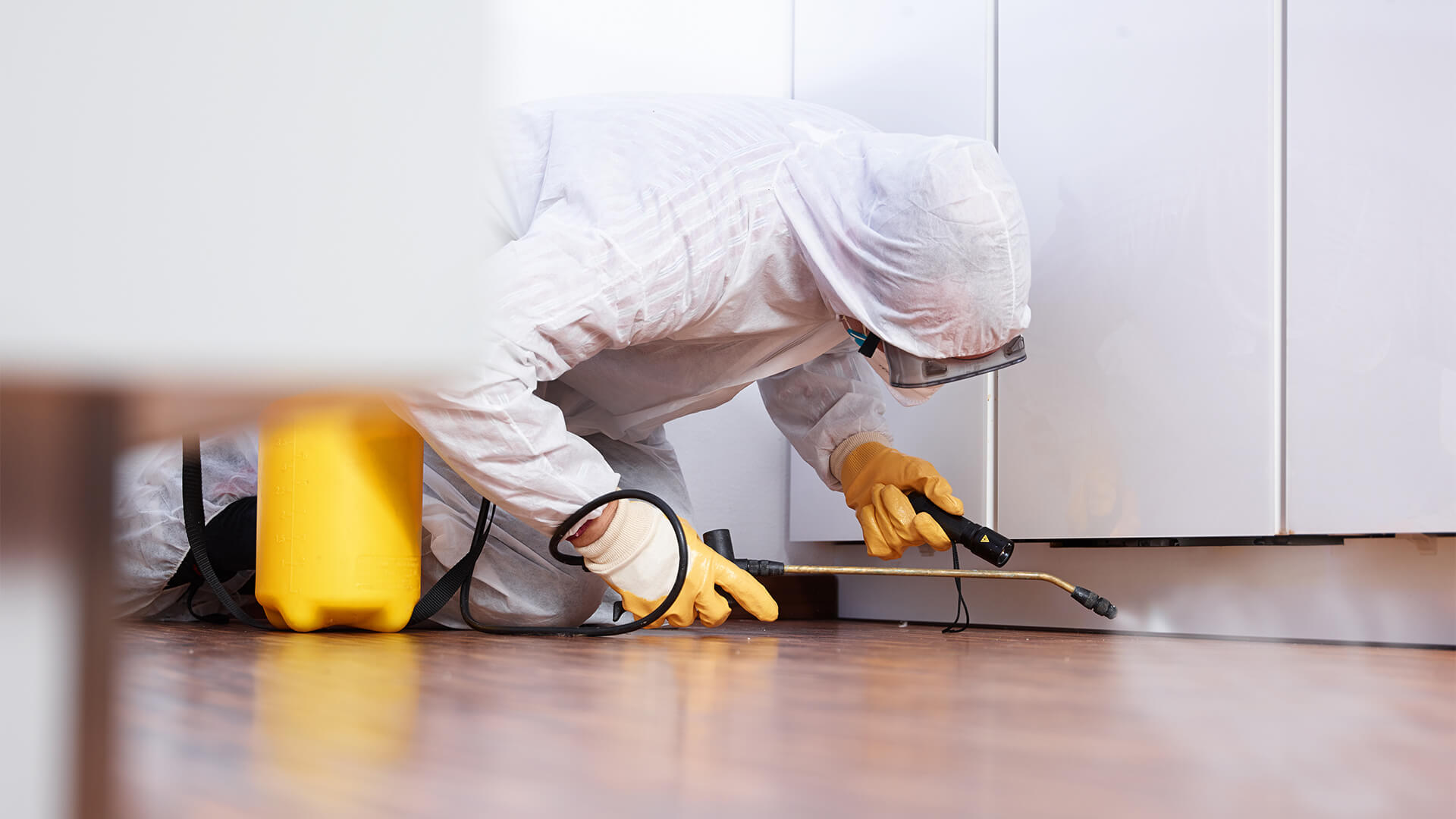Bed Pest Treatment Breakdown: Comparing Chemical Vs. Non-Chemical Solutions
In the realm of insect control, specifically when managing the relentless issue of bed pests, the selection between chemical and non-chemical therapy services can be a critical one. Both methods offer distinct advantages and disadvantages, affecting factors such as efficiency, safety and security factors to consider, and general cost. By taking a look at the nuanced details of each method, a more clear understanding of which course to pursue in addressing a bed insect invasion can be achieved.
Performance of Chemical Treatments
Chemical treatments for bed insect infestations have been commonly acknowledged for their quick and powerful efficacy in eradicating these pests. When considering the efficiency of chemical therapies, it is critical to comprehend that they can supply a fast and complete solution to a bed pest trouble.
Additionally, chemical treatments have the advantage of providing recurring results, indicating that they can remain to get rid of bed bugs also after the initial application. This residual activity is particularly beneficial in combating any prospective re-infestations. In addition, the quick activity of chemical therapies can bring alleviation to people encountering extreme bed pest infestations, enabling them to regain control of their living rooms promptly.
Safety And Security Worry About Chemical Solutions
One important element that calls for mindful factor to consider when utilizing chemical solutions for bed insect therapy is ensuring the security of occupants and the setting. Direct exposure to particular chemicals used in bed bug therapies can lead to breathing problems, skin irritability, or other damaging responses, especially in individuals with pre-existing problems or sensitivities.
In addition, the ecological influence of chemical services is one more significant factor to consider. Some chemicals used in bed insect treatments might be damaging to advantageous pests, wild animals, and environments if they seep right into the dirt or water supply. It is crucial to utilize chemical treatments deliberately, complying with security guidelines, and considering much less harmful options to reduce these dangers and ensure the efficient and safe administration of bed pest infestations.
Benefits of Non-Chemical Techniques
Taking into consideration the potential safety concerns and ecological influence linked with chemical solutions for bed bug therapy, discovering non-chemical techniques presents a promising option with numerous distinct advantages. Non-chemical methods offer a much safer option for families, especially those with family pets, people, or youngsters conscious harsh chemicals. These approaches remove the dangers of direct exposure to hazardous compounds, reducing the capacity for unfavorable health results. In addition, non-chemical treatments are eco-friendly, as they do not contribute to air or water pollution, making them a sustainable selection for insect control.
Furthermore, non-chemical remedies can be effective in targeting bed bugs, consisting of hard-to-reach areas where chemical therapies may not permeate - A1 charlotte bed bug exterminator. Techniques such as warm treatment, vacuuming, heavy steam cleansing, and mattress coverings offer comprehensive eradication without the use of damaging chemicals.
Limitations of Non-Chemical Treatments

Additionally, non-chemical treatments frequently need best for termites several applications to achieve effective eradication. This can be taxing and might not always assure complete removal of all bed insects and their eggs, specifically in hard-to-reach or hidden places.
Moreover, the success of non-chemical treatments greatly relies dig this upon correct implementation and thoroughness, which can be challenging for individuals without specialist expertise. Poor application of non-chemical methods may lead to insufficient removal, causing relentless invasions and the requirement for additional treatments.
For that reason, while non-chemical therapies have their benefits, it is crucial to recognize these limitations and consider them when figuring out the most reliable strategy for taking care of bed bug invasions.
Cost Comparison: Chemical Vs. Non-Chemical Options
Offered the restrictions associated with non-chemical therapies, a vital element to assess in the context of bed pest management is the cost comparison in between chemical and non-chemical choices. In contrast, non-chemical treatments like warm therapy or steam can be extra expensive, with costs varying from $1,000 to $6,000 for an entire home. While the preliminary price of chemical therapies might appear lower, multiple therapies might be needed to totally get rid of the invasion, possibly raising the general price.
Final Thought

Taking into consideration the potential safety and security worries and ecological effect linked with chemical options for bed bug therapy, checking out non-chemical strategies presents a promising choice with a number of unique advantages.Provided the constraints associated with non-chemical treatments, a crucial aspect to review in the context of bed pest management is the expense contrast between chemical and non-chemical alternatives. In contrast, non-chemical treatments like heat therapy or heavy steam can be more costly, with costs varying from $1,000 to $6,000 for a whole home. While the first expense of chemical treatments may appear lower, multiple therapies may be called for to fully remove the problem, possibly enhancing the overall cost.In conclusion, when comparing chemical and non-chemical bed insect treatment alternatives, it is vital to consider efficiency, safety, advantages, limitations, and expense.